Future Thinking
Welcome to the first in a series of articles that will examine new forms of design research and innovation, both in New Zealand and around the world. The reason for focusing on design research and innovation is simple. The idea of design being a field of research is still unfamiliar to many people, including designers.
Design is, as Leon van Schaik and Peter Downton have shown, research. Design is the production of new knowledge through an active form of inquiry with its own structures and tools. For most designers this is taken for granted and relegated in our thinking in favour of financial or aesthetic issues.
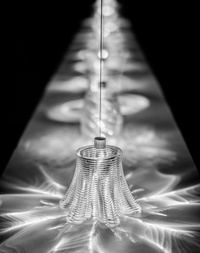
But thinking about design as research gives us the opportunity to think around how and why we design the things that we do. This makes it possible to identify ways in which we can design a better future.
This series will also look at the material and technological innovations that drive new forms of design research. Some of these are incredibly new, and others, like 3D printing, have developed over the last twenty years to a point of popular notoriety. 3D printing remains a potent example of how technological advances continue to transform the way that design research is undertaken.
Within New Zealand architecture, 3D printing began being widely applied in universities and rapid prototyping labs a decade ago. The technology was applied in making models of complex parametric forms that were previously difficult to visualize outside of the computer. The technology not only allowed for complex computational forms to be made in the real world, but more importantly accelerated the production of design iterations. This crucially allowed the designer to work faster and in the best cases, be more critical about the quality of their designs.
Soon the technology was applied to the production of architectural components instead of representational models and the 3D printer began to be thought of in the same way as a saw or a hammer - a tool for constructing architecture. This again changed the way that some designers approached the design of architecture, tailoring their designs to the size and material restrictions of the printed format.
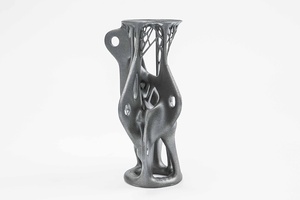
But even these restrictions are beginning to fade and materials such as glass and steel are now being used to 3D print architectural components. As the technology develops the restrictions that the designer must take into account are reducing and the speed of the 3D printing revolution is accelerating. The technology is advancing to include materials that are fundamentally architectural, but also to those which would have once been thought of as science fiction. Food, guns and even human body parts are being produced with the aid of 3D printing technology.
The diversity of problems that 3D printing is being applied to highlights its great potential to shape our future, but it also underscores the linkage between technological advances and the design research required to bring it to our lives. Without critical research-based thinking and the ability to form specific design agendas, technologies such as 3D printing are wasted.
Over the coming months, this series will discuss how design research is giving purpose and direction to new technologies in order to create future thinking.

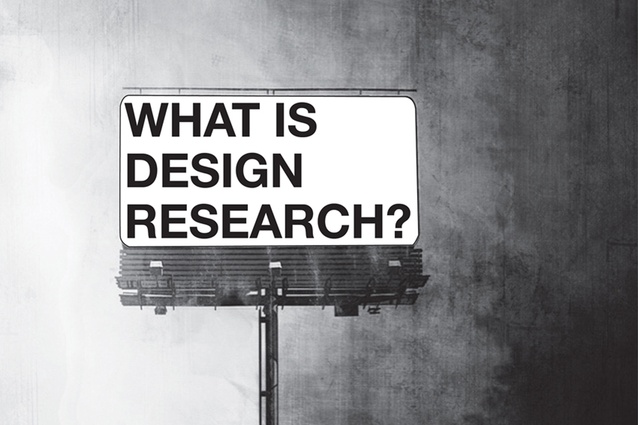
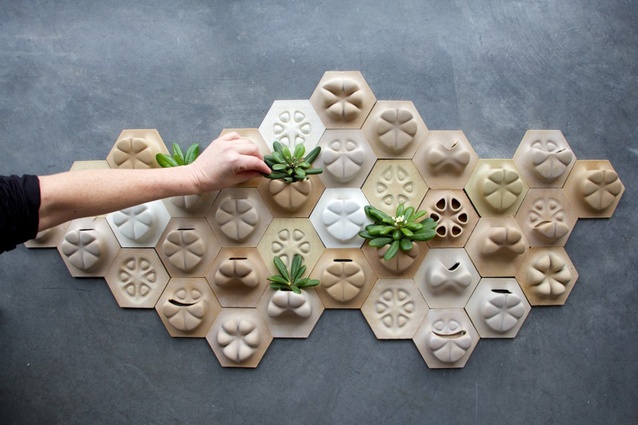
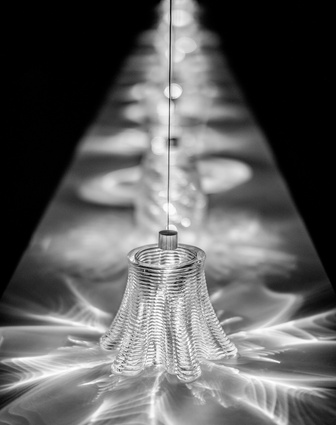
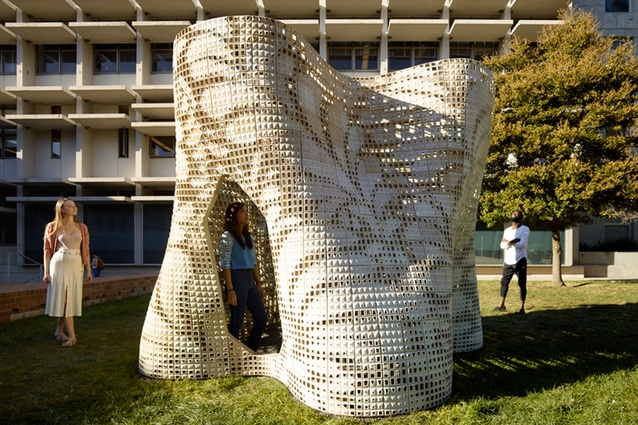
![By using additive manufacturing [3D printing], complex individually designed pieces can be created far more efficiently.](https://cdn.architecturenow.co.nz/site_media/media/cache/50/2a/502a0622d1a8a3c7d141e38ff513b353.jpg)








